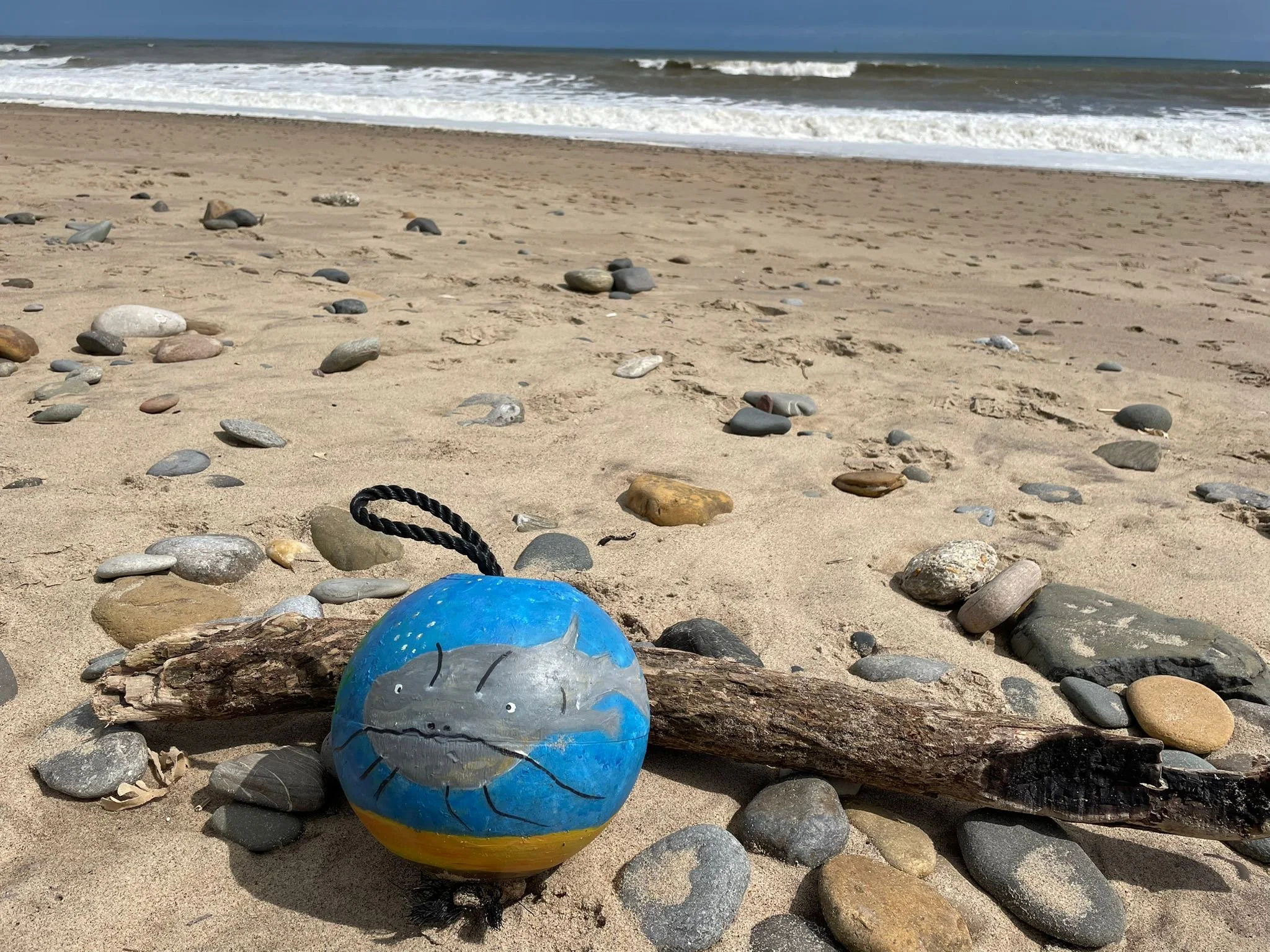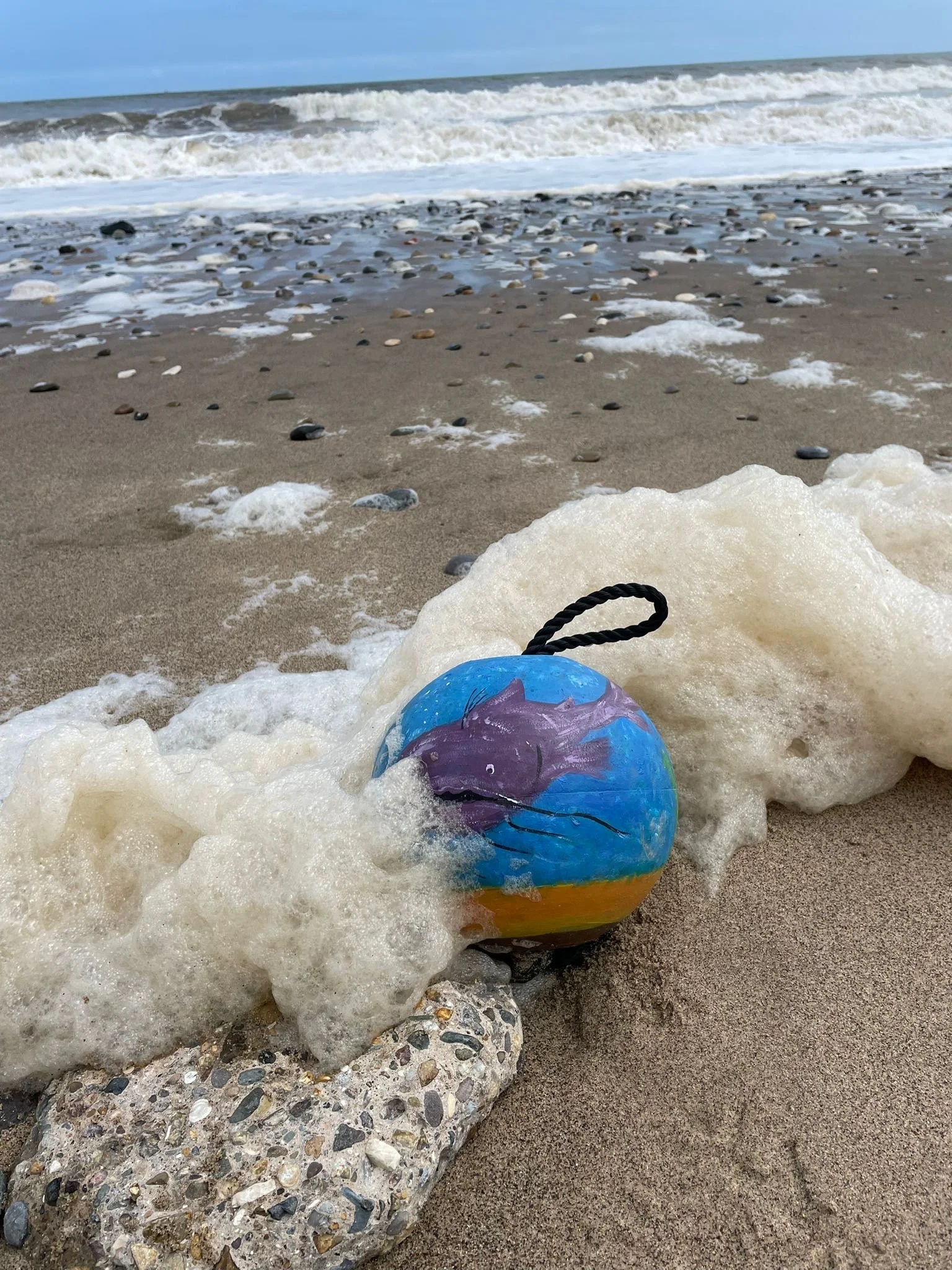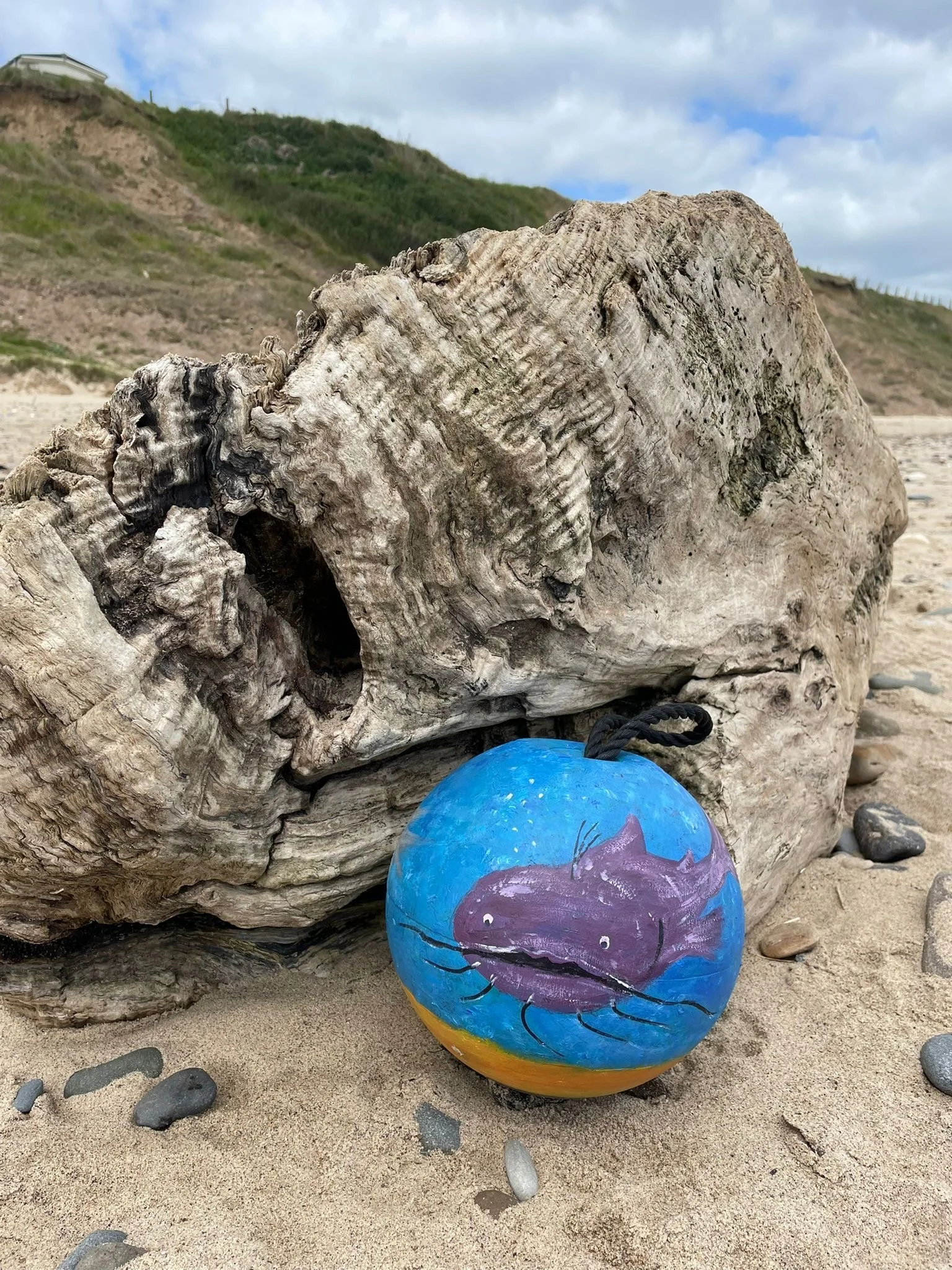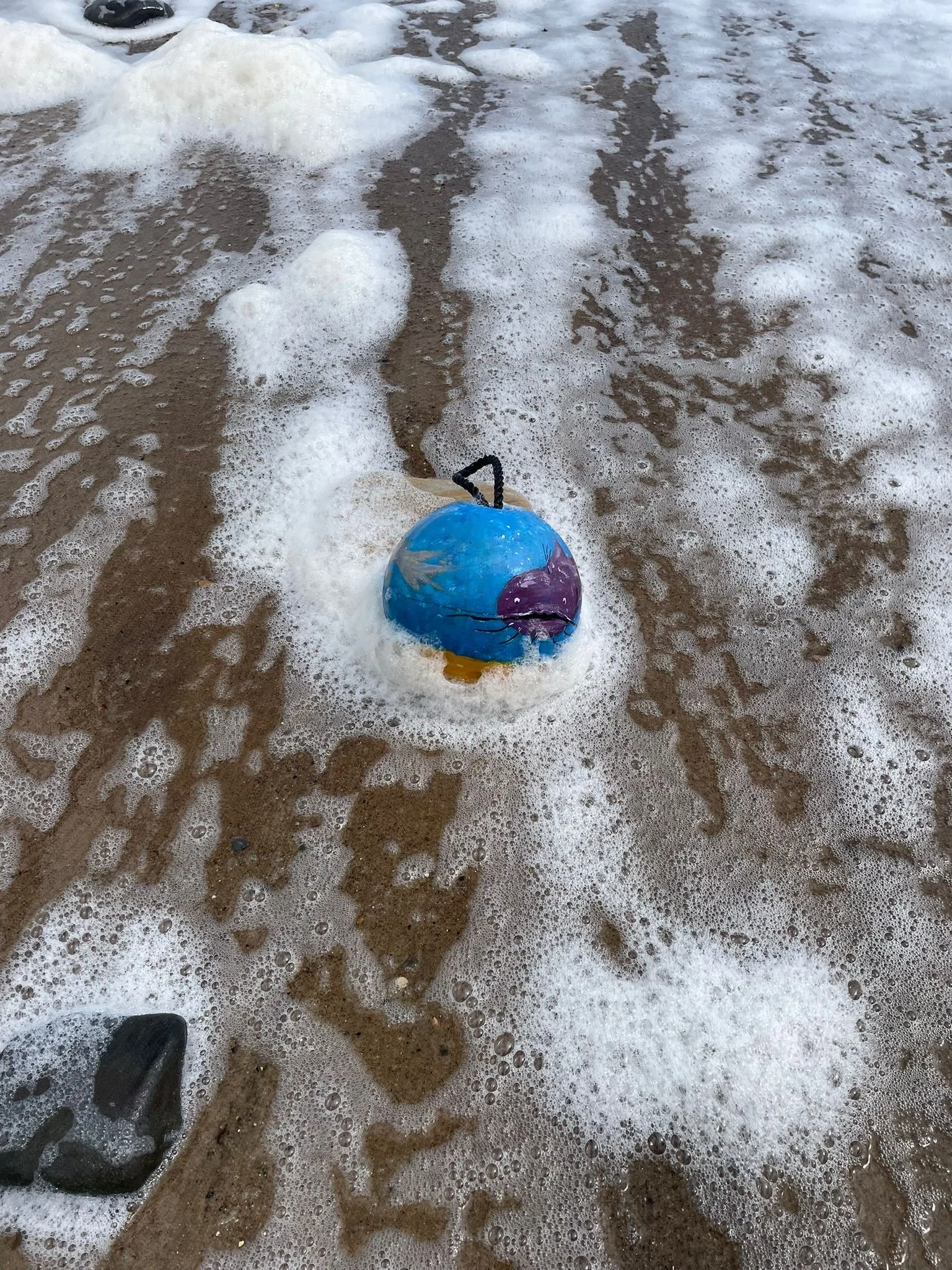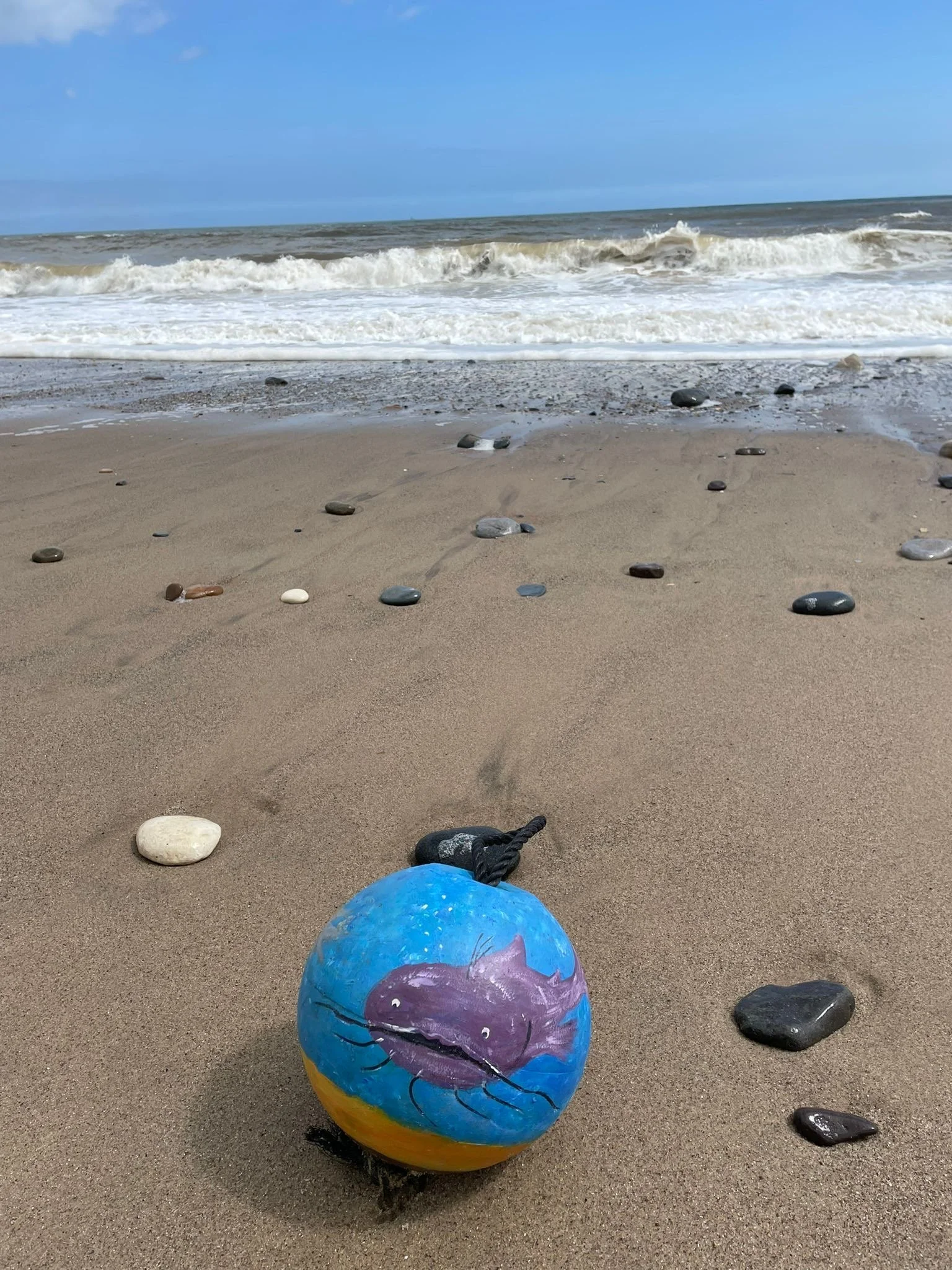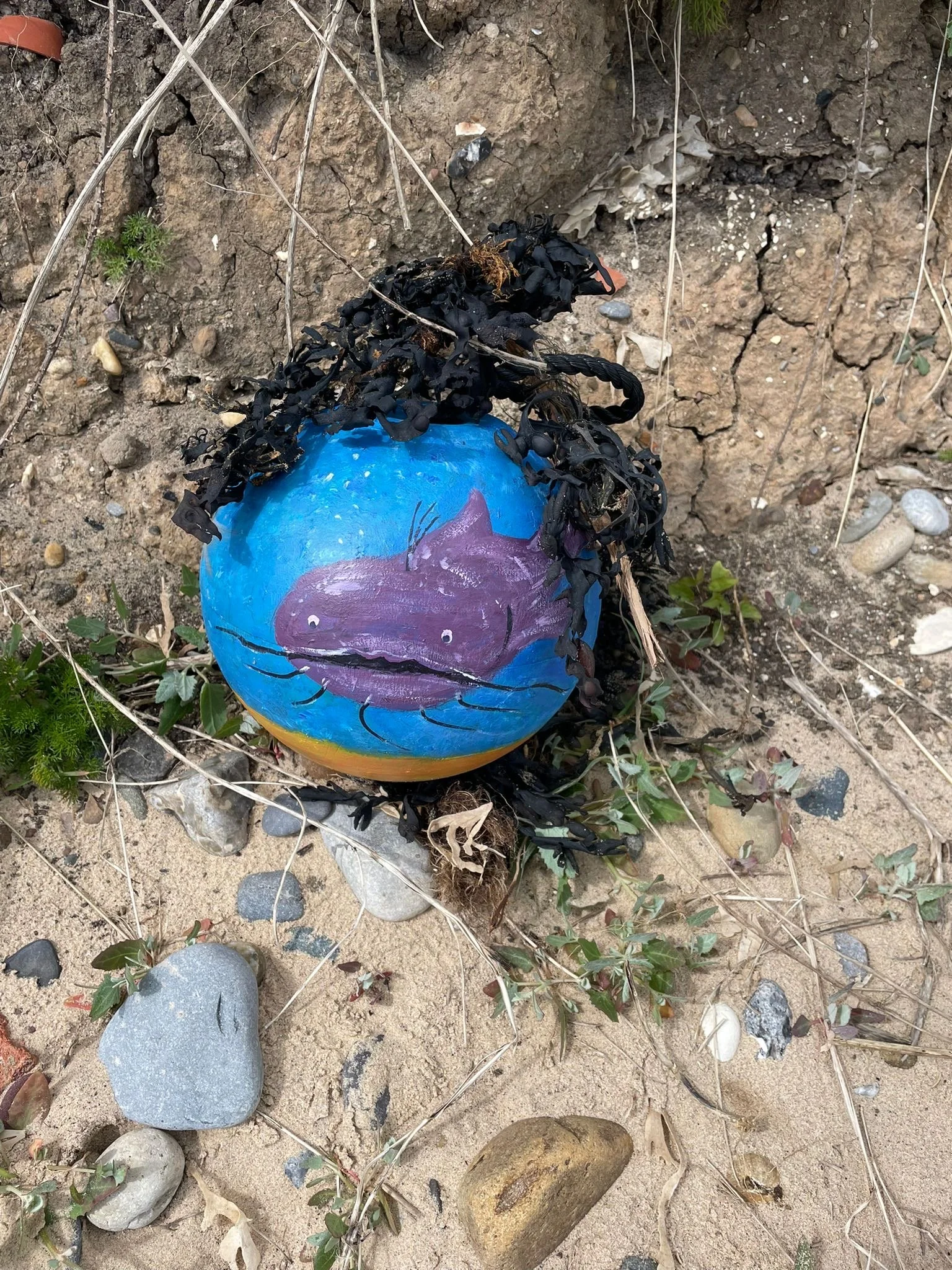Catfish (b)
Catfish
Catfish are among one of the most surprising fish groups in the world. Catfishes are energetic bottom-dwelling fish who are part of the most diverse groups of ray-finned fish globally, containing both highly endangered species and the world’s worst invasive alien species (Lowe et al., 2004). Amazingly, the number of known species of catfish is growing as there are more and more catfish species being discovered! Historically, the number of catfish species was reported as 3093 in 2005, by 2011, this count increased to 3407 species and is expected to reach up to 5000 species by the end of 2030 (Chandra Segaran et al., 2023). This ‘discovery’ of new species reflects a notable growth in the understanding and discovery of catfish biodiversity and the application of new genetic tests to differentiate species that were previously thought as the same. This lack of understanding on the number of catfish and their distribution underlies the current conservation challenge – in the words of Joni Mitchell ‘you don’t know what you’ve got till it’s gone’.
Omnivorous by nature, feeding at depths and largely along the bottom, catfish can consume a vast array of foods. Due to the prominent whisker-like barbels on its face that link into an elaborate network of chemical receptors over its body, the highly sensory catfish is always aware of its surroundings. The amazing sensory apparatus relays important information about the biology, physical health and chemistry of its surrounding environment. This highly sensory nature of catfish could also be seen as a curse as the catfish will sense that times for its ocean environment are changing, and not for the better! There is a rise in temperature, plastic pollution, chemical cocktails and changing sedimentary environment linked to human populations that have impacted every drop of water. Indeed, the anthropogenic signals are increasing dominating our aquatic world - from the deepest ocean trench to the deepest lake, from most of the world’s rivers through to remote lakes in the high arctic all increasingly are tainted by the trappings of a growing global human population.
This growing human population, like for so many fish species, is resulting in a decline in the numbers and sizes of catfish that are caught around the world. The catfish can be a major source of protein for many communities and has served as a common delicacy in many human cultures around the world. Where there is no regulation on fishing, the catfish may be driven to the brink of extinction. Indeed, some species are increasingly in peril due to overfishing and marine pollution. For example, the Mekong giant catfish of Southeast Asia and China, the Andean catfish of Ecuador, the blind-whiskered catfish of Mexico, and several other species are all considered to be critically endangered, while many others are trending that way.
Their ability to sense the bottom of oceans and lakes, be a barometer of change - rather than the ‘canary in the coalmine’ we should say the ‘catfish in the ocean’. Like cats around the house, we often wonder what they are thinking, if only we could converse with the catfish, they could inform policy and allow us to make informed conservation decisions on a global scale. Ultimately, this will enable us to better safeguard the ecological integrity of our planet’s aquatic ecosystems, in the face of mounting environmental challenges. Unfortunately, we do not have such great sensory apparatus, so we must contend with our ill-informed and ill thought-through decisions about ‘caring’ for our aquatic environments, be they, ocean, river, estuary or lake.
Catfish buoy. A Buoy collected from the Camasunary Bay on Skye – unfortunately it was one of many along with all sorts of plastic waste, and Ocean flotsam and jetsam.
References
Chandra Segaran T, Azra MN, Piah RM, Lananan F, Téllez-Isaías G, Gao H, Torsabo D, Kari ZA, Noordin NM. (2023) Catfishes: A global review of the literature. Heliyon. 2023 Sep 12;9(9):e20081. doi: 10.1016/j.heliyon.2023.e20081.
Lowe, S, Browne, M., Boudjelas, S., De-Poorter M. (2004). 100 of the world’s worst invasive alien species A selection from the global invasive species database, Published by The Invasive Species Specialist Group (ISSG) a specialist group of the Species Survival Commission (SSC) of the World Conservation Union (IUCN), vol.12.
Artist: Rob and Caroline Marchant
Fish Profile
Conservation status
There are at least 3,400 different species and between 34 and 44 families of Catfish (new species are still being discovered). This is one of the largest orders of fish. They are freshwater ‘bottom dwellers’ that swim along and close to the bottoms of estuaries, rivers, and lakes.
Some species are critically endangered such as the Mekong Giant Catfish (one of the world’s most endangered species), usually found in the Mekong River basin. Conversely the Walking Catfish, found in Florida, is a highly invasive species. The larger species are most vulnerable because of habitat loss, pollution, hunting, and the building of dams. The loss of these would impact local ecosystems. On the other hand, some species have been introduced into new environments where they thrive and upset native food webs and biodiversity. The IUCN cites 191 Endangered Species and 90 Critically Endangered whilst the vast majority (2,071 species) are listed as least concern.
